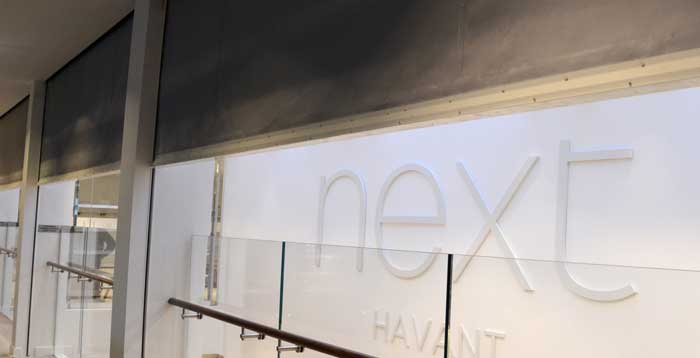Today, ensuring your property, business, staff and inhabitants are fully protected in the event of a fire is mandatory. One way to ensure this compliance is through the installation of fire and smoke curtains.

Today, ensuring your property, business, staff and inhabitants are fully protected in the event of a fire is mandatory. One way to ensure this compliance is through the installation of fire and smoke curtains.

Smoke curtains work in a very similar way to fire curtains. Both provide essential compartmentation, containment, and channelling from the effects of a fire. Fire and smoke curtains are installed to ensure safe evacuation in the event of a fire. In the case of smoke curtains, this is achieved by stopping, controlling and often reducing the spread of smoke throughout a building.
Smoke curtains remain invisibly retracted until activated by an alarm, detector signal or manual switch. Once triggered they descend safely to their operational position. Used in place of traditional non-load bearing walls, smoke doors, and smoke screens, smoke curtains offer greater flexibility for designers and architects. Due to their apparent invisibility, they enable open plan areas to be greater in size when compared to using other smoke and fire safety equipment.
Smoke barrier systems form a critical element of smoke and heat exhaust ventilation systems (SHEVS). Such systems create a smoke-free layer above the floor by removing smoke and heat and improving conditions for a safe escape. This allows the safe evacuation of people from buildings, whilst reducing fire damage by preventing smoke logging, which enables fire-fighting, reduces temperatures and ultimately delays the spread of fire.
Traditionally, fire protective fabrics are E-glass and fibreglass fabrics. This means that their base cloth is essentially glass fibre filaments – which do not decompose, shrink, stretch, fade over time and most importantly, they do not burn. These fine fibres also can be wound together as a thread and then woven in different patterns to give a variety of strengths and pliability. This makes them perfect for easy to conceal smoke curtains.
A basic glass fibre cloth can withstand temperatures up to 600°C. However, these fabrics can also be woven with a metal thread to add further strength, durability and to increase temperature resistance to 1000°C.
In addition to this, further fabric coatings can be added to fire and smoke curtains. For instance, a silicone coating can be used to increase the amount of time that a smoke curtain can withstand its peak temperature. Importantly, silicone is also a non-permeable material – especially where smoke is concerned – which makes it the ideal outer coating for Coopers Fire smoke curtains.
Fire and smoke curtains are lighter than the more traditional fire safety products and afford greater design freedom and openness.
Consequently, smoke and fire curtain barriers have been used in all types of buildings and in a range of applications. Included in this range of applications are the following:
● Atrium, Lobbies, and Receptions
● Egress and Corridor Separation
Smoke management is complex and can often impact on your building’s aesthetics and interior designs. At Coopers Fire, our commitment to advancing smoke curtain technology has led us to develop a wide range of BS, EN and tested to UL standard smoke curtains.
Our various product ranges enable designers to create open plan environments by replacing smoke-rated walls, bulkheads, glazing and down stands with fire and approved smoke curtains.
From the extra wide SmokeStop™ vertical smoke curtains installed to compartmentalise Dubai International Airport’s Terminal 3 to the evacU8® vertical smoke curtains installed to help York Minster open up new areas of the Cathedral to the public, our smoke curtains work with any building application to provide designers with smoke protection solutions.
For further information on Coopers Fire’s range of vertical and horizontal smoke and fire curtains call us at 02392454405 or email us.